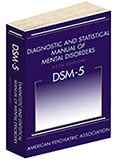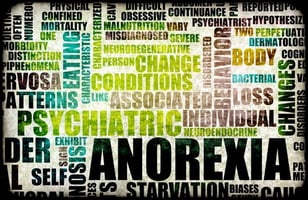First Study of New DSM Diagnosis Published
 |
In the study, published in the February American Journal of Psychiatry, William Copeland, Ph.D., of the Department of Psychiatry and Behavioral Sciences at Duke University, and colleagues estimated prevalence rates from three community sites involving 7,881 observations of 3,258 participants aged 2 to 17. They diagnosed the disorder using structured psychiatric interviews. Criteria for the disorder include severe temper outbursts three or more time a week combined with persistently negative mood between the outbursts. The researchers found three-month prevalence rates ranging from 0.8% to 3.3%, with the highest rates appearing among preschool-aged children, and that it was comorbid "with all common psychiatric disorders." Children diagnosed with the disorder showed "elevated levels of social impairment, school suspension, service use, and poverty." The researchers concluded that disruptive mood dysregulation disorder "identifies children with severe levels of both emotional and behavioral dysregulation."
Read more about this study in the American Journal of Psychiatry.





